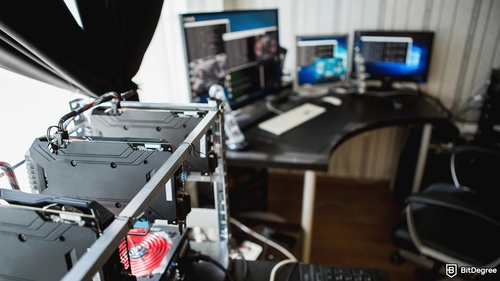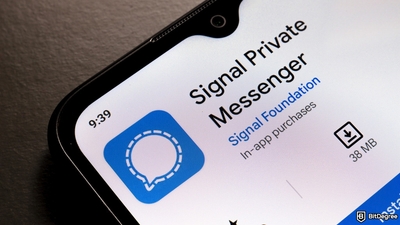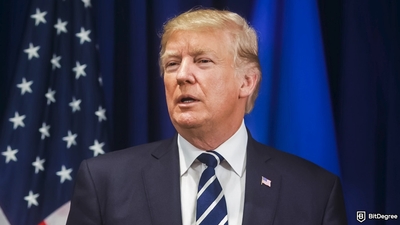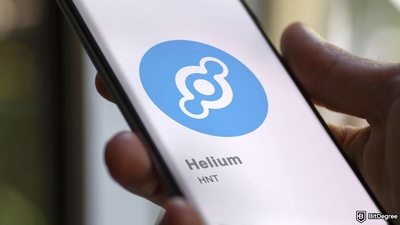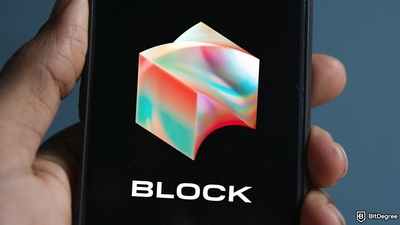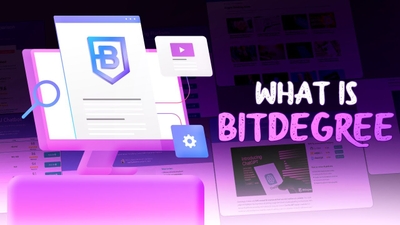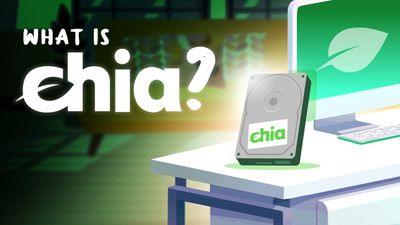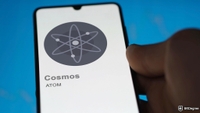Free Airdrop Season 7 is LIVE! Answer fun questions or do simple tasks to earn rewards from the $30K BitDegree prize pool. Participate Now ! 🔥
Solo Miner Defies the Odds, Claims $300,000 Bitcoin Block
Key Takeaways
- A solo miner earned 3.125 BTC, worth over $300,000, after successfully validating a Bitcoin block;
- Large mining firms dominate due to rising hash rates, which makes solo mining increasingly difficult;
- Bitcoin’s supply is limited to 21 million, with over 19 million already mined through block rewards.
A Bitcoin
The miner validated block 883,181, which contained 3,071 transactions, according to Mempool.space, a Bitcoin tracking platform. The total reward for the block, including fees, amounted to 3.15 BTC.
Marshall Long, a Bitcoin miner, noted in a February 10 post on X that the individual appeared to be using CKPOOL software but did not seem directly linked to it. He suggested the miner may have used a Bitaxe, a device that supports both solo and pooled mining.

Did you know?
Subscribe - We publish new crypto explainer videos every week!
Bullish vs Bearish Markets: How to Predict it? (Animated)


Mining Bitcoin as an individual is rare due to the growing difficulty of solving a block. Larger operations, such as Bit Digital, Riot Blockchain, and Marathon Digital, dominate the industry, using vast amounts of computing power to increase their chances of earning rewards.
Data from YCharts shows that Bitcoin’s total hashrate stood at 788.86 million on February 10. A higher hashrate means miners need more computing power, which leads to increased costs and a lower likelihood of solo miners finding blocks.
Bitcoin’s total supply is capped at 21 million, as outlined by its creator, Satoshi Nakamoto. Over 19 million BTC have already been distributed through mining rewards, according to the Blockchain Council.
Recently, a director at Coinbase




